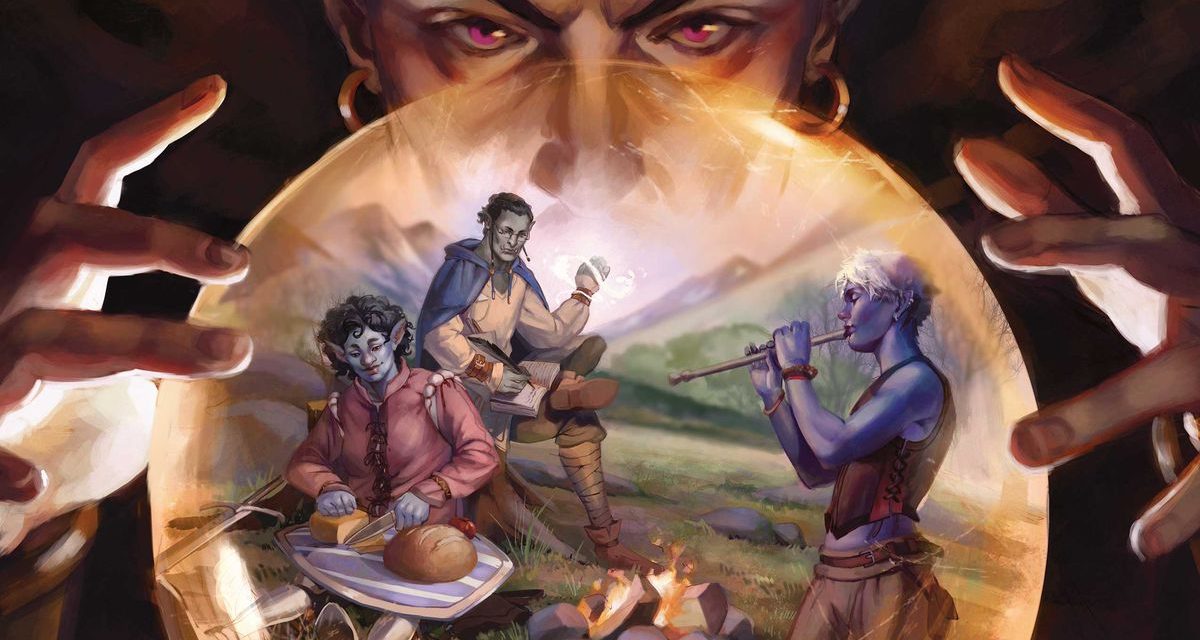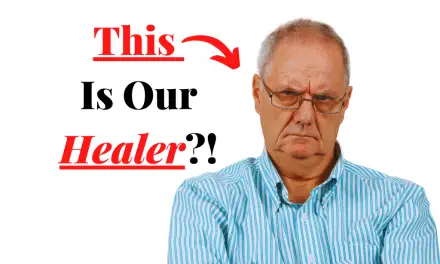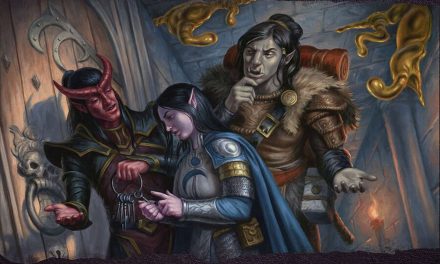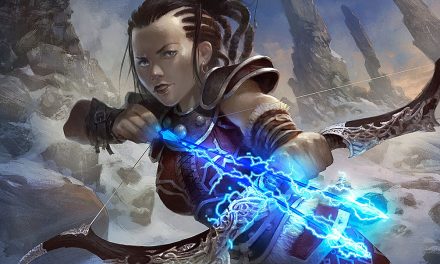So you’re filling out your character sheet and getting ready to kick off your Dungeons & Dragons game.
Name? Check.
Class? Check-a-roo.
Alignment?
Uhh…
What does that mean?
In this article, we’re going to look over the alignment system in D&D. We’ll cover what each alignment is and look over some examples of characters from pop culture that fit each alignment.
Let’s dive in!
What Is Alignment?
In short, alignment is a reflection of your character’s morals and motivations. How they view and interact with the world around them stems from their decisions and tendencies.
Are they a rule-follower or do they prefer to do things their own way?
Are they generally good people or are they more inclined towards evil or selfish behavior?
While your character’s alignment doesn’t necessarily exist to put them in a type of box, it does provide a type of guiding light for how you roleplay them.
There are 9 alignments in D&D and each is shown on a standard 3×3 grid. The X-axis shows the character’s attitude towards law/order or chaos/free will. Meanwhile, the Y-axis shows if the character is good or evil.
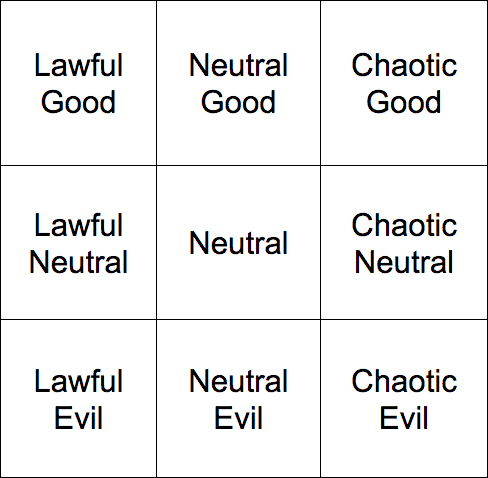
Lawful Good
The Lawful Good character believes that it is their responsibility to do the right thing by society’s expectations. There is no reason to not help someone in a bad situation simply because it’s the right thing to do!
The Lawful Good character obeys the rules, upholds traditions, and does their part to contribute to a society that is fundamentally good.
A Lawful Good character might tend to come off as “preachy” to the other members of the party (particularly if those party members are prone to antics that are less lawful and less good!)
However, this type of character is great for reinforcing (or even determining) the party’s moral compass as a whole.
Lawful Good examples include:
- Captain America (Marvel)
- Ned Stark (Game of Thrones)
- Superman (DC Comics)
- Hermione Granger (Harry Potter)
- Obi-Wan Kenobi (Star Wars)
- Aragorn (Lord of the Rings)
Neutral Good
Some characters are born good, some achieve goodness, and others have goodness thrust upon them.
The Neutral Good character isn’t particularly inclined towards Law or Chaos and instead focuses on helping people as they are able to.
As such, they likely believe that there is some value to having rules in society but they also want the freedom to break away from traditions if they wish.
Rather than obeying authority figures based solely on their position, Neutral Good characters seek to act in a way that creates the greatest amount of good.
It’s not uncommon for characters with this alignment to be forced into the role of an adventurer. They might have been chosen by the quest-giver or have been put in a situation where adventuring was the best (or only) option.
As you play, the Neutral Good character might find themselves swayed more towards either a Lawful Good or Chaotic Good alignment during the adventure. However, they still hold true to the goodness within themselves.
Neutral Good examples include:
- Frodo Baggins (Lord of the Rings)
- Kaylee Frye (Firefly)
- Luke Skywalker (Star Wars)
- Uncle Iroh (Avatar: The Last Airbender)
- Gandalf (Lord of the Rings)
- Samwise Gamgee (Lord of the Rings)
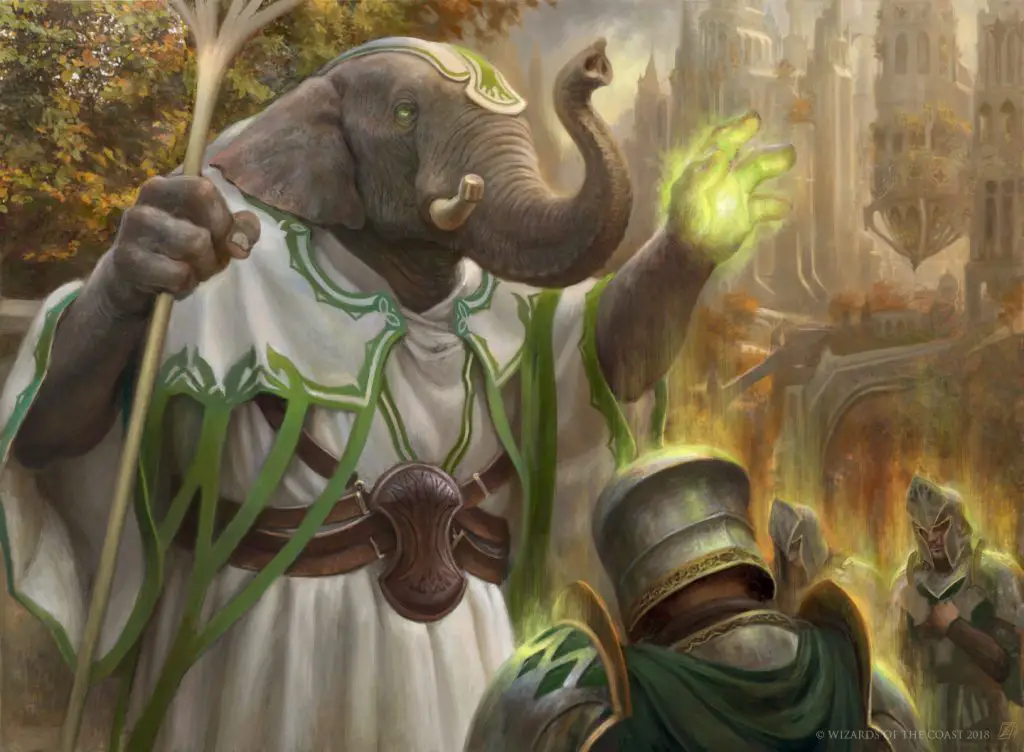
Chaotic Good
You’ve got to break a few eggs to make an omelet. Such is the case with the rules when a Chaotic Good character takes action!
With a distaste for (or distrust of) authority, the Chaotic Good hero would rather live by their own rules as they set out to help others.
These characters are flexible with a focus on the greater good, though they might also be a bit unpredictable in their noble pursuits.
The Chaotic Good character particularly hates seeing people being oppressed by corrupt rules and laws. They are quick to defend those who can’t defend themselves and focus on doing the “right” thing rather than worrying about the consequences.
These might be good-intentioned but impulsive characters who have a habit of rushing in to be a hero.
On the other hand, they might have distinct reasons for operating as vigilantes outside of the laws and traditions of society in pursuit of the greater good.
Chaotic Good examples include:
- Robin Hood (Folk Hero)
- Matt Murdock/Daredevil (Marvel)
- Barret Wallace (Final Fantasy 7)
- V (V for Vendetta)
- Tyrion Lannister (Game of Thrones)
- Merry & Pippin (Lord of the Rings)
Lawful Neutral
No alignment represents adherence to order and objectivity better than the Lawful Neutral character.
This type of character is by-the-book within their followed traditions, rules, and organizations. Meanwhile, they tend to avoid letting matters of morals cloud their judgment when performing their duties.
Unlike the Lawful Good character, a Lawful Neutral character is unlikely to lecture the more chaotic members of their party about the values of being Lawful. These are honest and trustworthy characters who act in whatever manner is becoming of someone in their position.
Because of their objectivity and strict following of the law, this alignment has frequently been referred to as “The Judge.”
Lawful Neutral examples include:
- Judge Dredd (Judge Dredd)
- James Bond (007)
- Captain Picard (Star Trek)
- Nick Fury (Marvel)
- Severus Snape (Harry Potter)
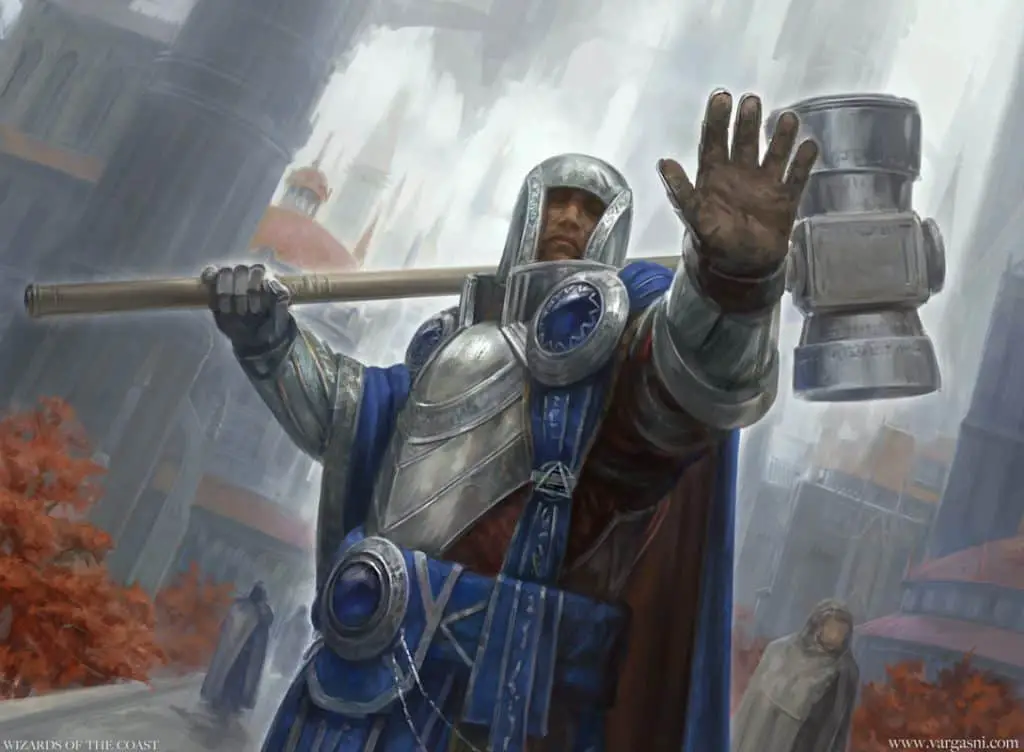
True Neutral
Pragmatic, independent, and balanced, the True Neutral character takes no rigid stance between Law and Chaos or Good and Evil.
After all, what is “good” in one culture may very well be “evil” in another. Because of this, they have a deceptively complex view of the world around them.
While they reciprocate kindness and will have no problem defending their allies, those who the True Neutral character doesn’t know are a different matter.
The True Neutral character takes care not to find themselves involved in others’ business and, as such, will have to weigh whether or not it is worth it to help someone that they don’t know.
Each moment is viewed for what it is and the True Neutral character acts accordingly.
More often than not, these characters prefer to stay out of the business of those around them. Instead, True Neutral characters tend to heavily focus on their own pursuits with little to no regard for issues that don’t directly concern them.
True Neutral examples include:
- Sherlock Holmes (Sherlock Holmes)
- Lara Croft (Tomb Raider)
- Treebeard (Lord of the Rings)
- Dr. Manhattan (Watchmen)
Chaotic Neutral
Chaotic Neutral spirits are the very definition of a free spirit.
Like Chaotic Good characters, they don’t care for laws, restrictions, or any government. However, unlike Chaotic Good characters, they focus primarily on their own well-being before concerning themselves with the needs of others.
Because they tend to be selfish, it’s not unreasonable to expect a Chaotic Neutral character to attempt to take the best loot for themselves or turn tail and run if a situation is looking dire.
Nevertheless, a Chaotic Neutral character is filled with surprises and may follow a selfish action just as quickly with an altruistic one.
Chaotic Neutral examples include:
- Cat Woman (DC Comics)
- Captain Jack Sparrow (Pirates of the Caribbean)
- Deadpool (Marvel)
- Rocket Raccoon (Marvel)
- Harley Quinn (DC Comics)
- Smeagol/Gollum (Lord of the Rings)
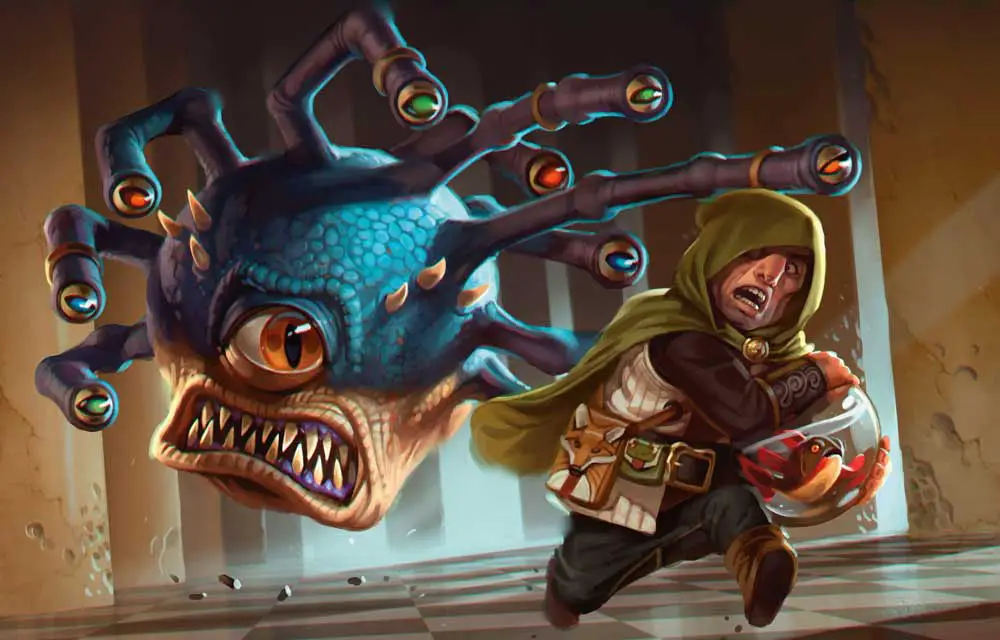
Lawful Evil
Just because they’re evil doesn’t mean that Lawful Evil characters don’t uphold a strict order (though most often they find themselves conveniently at the top of such an order.)
Lawful Evil characters are commonly diabolical masterminds, merciless conquerors, or corrupt officials.
The Lawful Evil character adheres to a clear hierarchy in which the weakest remain at the bottom where they belong. Rising in the hierarchy is indicative of a person’s strength and maintaining the codes of an organization is key in such a system.
Of course, those higher up in the hierarchy must never get too comfortable lest they find themselves quickly deposed by similarly ambitious underlings.
Lawful Evil examples include:
- Cersei Lannister (Game of Thrones)
- Wilson Fisk/The Kingpin (Marvel Comics)
- Dolores Umbridge (Harry Potter)
- Darth Vader (Star Wars)
- Sauron (Lord of the Rings)
Neutral Evil
Evil is as evil does and the Neutral Evil character does whatever they can get away with.
There’s not necessarily some grand evil plan that they are scheming nor do they necessarily crave the wanton destruction like their Chaotic Evil counterparts.
Rather, the Neutral Evil character simply seeks to take what they want and has no concern about whose hands they have to step on to get it. If scheming or wanton destruction is necessary to achieve those goals, then so be it!
That said, a Neutral Evil character isn’t stupid and doesn’t allow their opportunistic nature to create unnecessarily risky situations for themselves.
Sometimes it may be more prudent to play along with the rules of a situation if it opens up opportunities to manipulate others into getting the character what they want.
As long as someone is still useful to the Neutral Evil character, they may be safe… for now…
Neutral Evil examples include:
- Voldemort (Harry Potter)
- Mystique (Marvel)
- Shang Tsung (Mortal Kombat)
- Littlefinger (Game of Thrones)
- Magneto (Marvel)
- Saruman (Lord of the Rings)
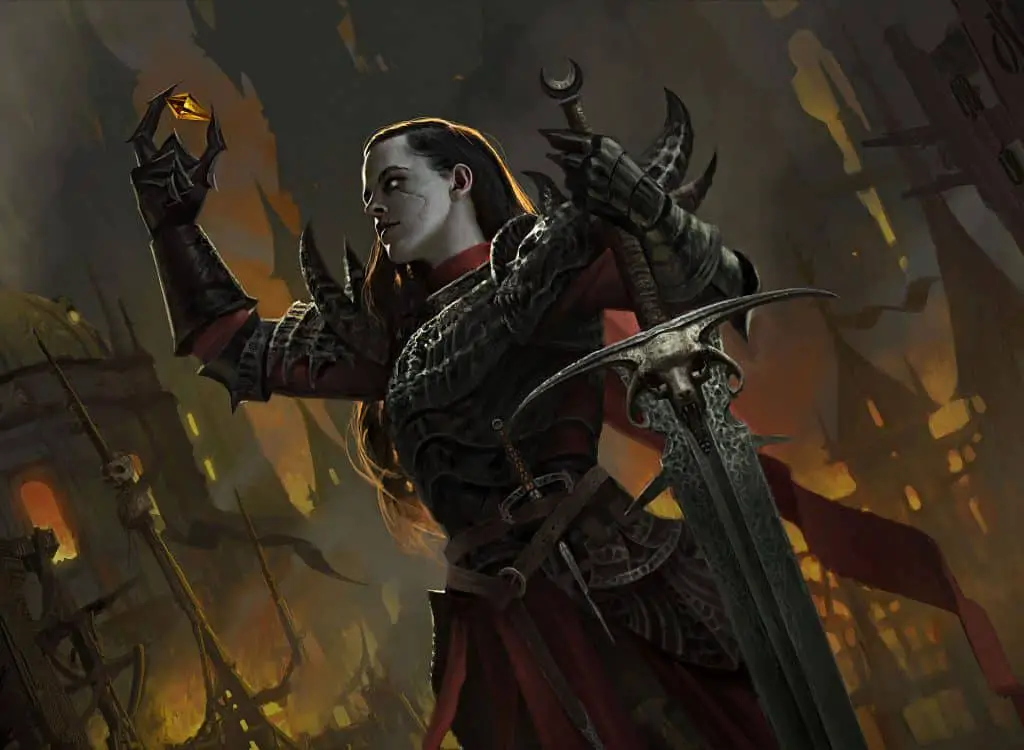
Chaotic Evil
Greedy, selfish, and destructive, the Chaotic Evil character just wants to watch the world burn.
These aren’t typically your characters with any kind of plan. Rather, they cause harm simply because they want to. They lie, steal, and cheat because they want to!
Because they lie so often, it’s rare to find a Chaotic Evil character working with others. Even amongst evil characters, aligning with a Chaotic Evil person is hardly a good move for anyone who values their own life or expects a sense of order.
If a Chaotic Evil character isn’t alone, those around them are likely to be just as twisted and cruel as they are. If they aren’t, then they’re probably terrified of whatever the character will do next and make it a point to stay on their good side!
There is no low that these characters won’t stoop to in pursuit of their selfish desires.
With fickle attitudes and virtually no predictability to their behavior, Chaotic Evil characters are perhaps the most terrifying alignment.
It’s no wonder that this alignment is so common amongst demons, Chromatic dragons, and other such destructive creatures!
Chaotic Evil examples include:
- The Joker (DC Comics)
- Alex DeLarge (A Clockwork Orange)
- Ramsay Bolton (Game of Thrones)
- Joffrey Baratheon (Game of Thrones)
- Smaug (The Hobbit)
Conclusion – D&D Alignments Explained
I hope you’ve found this article helpful!
Just remember that alignment is meant to be a way of loosely expressing how a character interacts with the world. Just like in real life, it’s pretty difficult to definitively put someone in one category.
I mean, many of the famous characters that I put as examples could potentially be argued as being a different alignment!
It’s all relative and there’s almost always a ton of gray area when it comes to these things. Luckily, that means you’ve got plenty of room to explore your character!
Got questions about alignment in D&D 5e? Let’s chat in the comments!
Want all the latest player guides, DM tips, news, reviews, and more for D&D 5e? Sign up for the Tabletop Joab newsletter below!
You can also follow me on Facebook and Twitter.
If you found this article helpful and want to support the site, you can buy me a coffee here! (It’s not expected, but very appreciated!)

